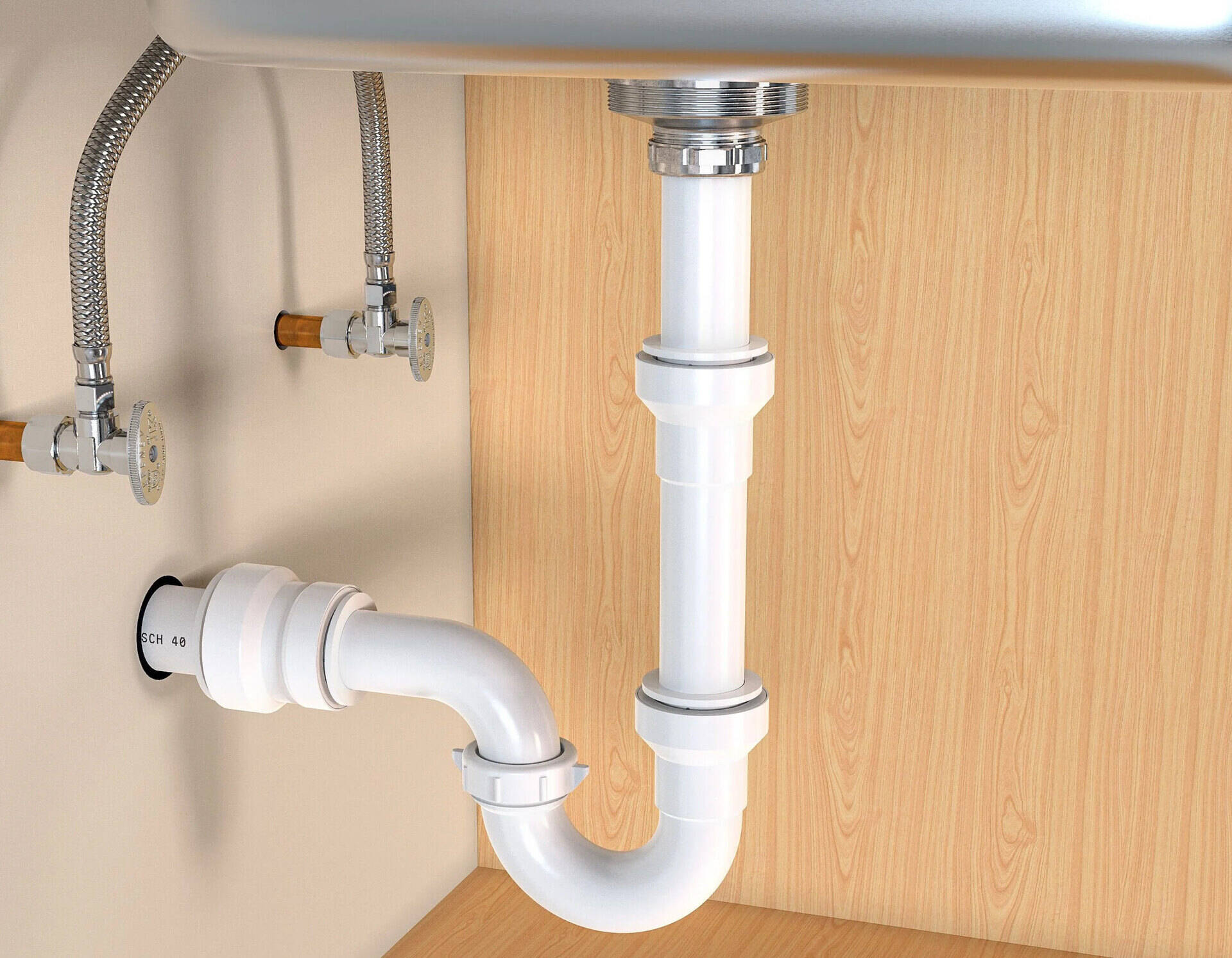

Articles
What Is The P-Trap Under The Sink
Modified: August 26, 2024
Discover the importance of the P trap under your sink with our informative articles. Learn how it prevents odors and keeps your plumbing system running smoothly.
(Many of the links in this article redirect to a specific reviewed product. Your purchase of these products through affiliate links helps to generate commission for Storables.com, at no extra cost. Learn more)
Introduction
When it comes to plumbing systems, there are various components that work together to ensure smooth and efficient operation. One essential component that often goes unnoticed but plays a vital role in keeping our sinks functioning properly is the P trap. So, what exactly is the P trap and why is it important?
The P trap, also known as a U bend, is a plumbing device that is installed under sinks, showers, and other fixtures to prevent the escape of sewer gases into our living spaces. It gets its name from its distinctive shape, resembling the letter P when viewed from the side. While it may seem like a simple and inconspicuous part of the plumbing system, the P trap serves a crucial function that helps maintain hygiene and prevents unpleasant odors from entering our homes.
In this article, we will delve deeper into the definition, purpose, components, installation, maintenance, and importance of the P trap in plumbing systems. By gaining a better understanding of this often-overlooked component, you can ensure the efficient and trouble-free operation of your plumbing system.
Key Takeaways:
- The P trap is a crucial plumbing component that prevents sewer gas leaks, traps debris, and maintains a healthy living environment by blocking foul odors and preventing pests from entering our homes.
- Proper installation and maintenance of the P trap are essential for ensuring a trouble-free plumbing system, compliance with building codes, and a clean, odor-free living space.
Read more: What Is P Trap In Plumbing
Definition of P Trap
The P trap, as mentioned earlier, is a plumbing device designed to prevent the escape of sewer gases into our living spaces. It is typically made of PVC or ABS plastic and is shaped like a U bend, with one side of the U connecting to the drainpipe and the other side connecting to the sewage pipe. This U-shaped configuration allows the trap to hold a small amount of water, creating a barrier that prevents sewer gases from traveling back up through the drain and into our homes.
One important thing to note is that the term “P trap” is not specific to the shape, but rather refers to the general concept of a plumbing trap. In addition to the classic P-shaped P trap, there are also S traps, J traps, and other variations that serve the same purpose. However, the P trap is the most commonly used and widely recognized type.
The P trap is aptly named because of its resemblance to the letter P when viewed from the side. The curved portion of the trap allows water to remain trapped in the bend, forming a seal that prevents the passage of gases. This water barrier acts as a natural barrier against sewer odors, ensuring that our homes remain free from unpleasant smells.
In addition to its function in preventing sewer gases, the P trap also serves another important purpose. It traps solid debris that may accidentally fall into the drain, preventing it from clogging the sewage pipe. The trap is designed in such a way that the water flow from the drain creates a swirling motion, helping to flush away any debris and prevent it from causing blockages further down the line.
Overall, the P trap is a vital component of the plumbing system, ensuring the health and well-being of our living spaces by preventing the entry of sewer gases and trapping potentially harmful debris. Without the P trap, our homes would be exposed to foul odors and the risk of sewage backup, leading to unsanitary conditions and potential health hazards. Now that we have a clear understanding of the definition and functionality of the P trap, let’s explore its purpose in more detail.
Purpose of the P Trap
The P trap serves two primary purposes in a plumbing system: to prevent the escape of sewer gases and to trap debris and prevent clogs.
One of the main functions of the P trap is to create a water seal that prevents the entry of sewer gases into our living spaces. Sewer gases, which consist of various toxic and unpleasant-smelling gases like methane, hydrogen sulfide, and ammonia, are produced in the sewage system. If these gases were allowed to enter our homes, it would pose a significant health risk and create an unpleasant living environment.
The U shape of the P trap allows it to hold a small amount of water in the bend. This water acts as a barrier that blocks the gases from traveling back up through the drainpipe and into our homes. The water seal is essential in maintaining indoor air quality and preventing foul odors from permeating our living spaces.
In addition to its role in preventing sewer gases, the P trap also acts as a trap for solid debris. Any particles or objects that accidentally fall into the drain are caught in the P trap, preventing them from clogging the sewage pipes. The design of the trap creates a swirling motion when water flows through it, which helps to flush away debris and prevent blockages. This not only ensures the smooth functioning of the plumbing system but also reduces the chances of costly and inconvenient plumbing repairs.
The P trap also serves to prevent the entry of pests into our homes. Without the water seal provided by the trap, insects, rodents, and other pests could easily crawl up through the drain and gain access to our living spaces. The presence of a properly installed and maintained P trap acts as a physical barrier to prevent these unwanted visitors from entering our homes.
Overall, the P trap plays a crucial role in maintaining the integrity and functionality of the plumbing system. Its dual purpose of preventing the escape of sewer gases and trapping debris ensures a safe and hygienic living environment. Without the P trap, our homes would be susceptible to foul odors, clogs, and potential health hazards. Now that we understand the purpose of the P trap, let’s explore its components and how it is installed.
Components of the P Trap
The P trap consists of several key components that work together to ensure its proper functioning and effectiveness. These components include:
- Inlet Pipe: This is the pipe that connects to the drain of the sink or fixture. It allows water and debris to flow into the P trap.
- U-shaped Bend: The U-shaped bend is the defining feature of the P trap. It is designed to hold water and create a water seal that prevents sewer gases from escaping into the living space.
- Outlet Pipe: This is the pipe that connects to the sewage or drainage system. It allows the water and waste to flow away from the fixture and into the main plumbing system.
- Cleanout Plug: Some P traps are equipped with a cleanout plug, which is a removable cap or plug that provides access to the trap for cleaning or removing clogs. It is typically located on the bottom or side of the trap and can be unscrewed or removed with a wrench.
- Slip Nuts or Compression Nuts: These nuts are used to secure the P trap’s components together. They are typically made of plastic or metal and are tightened to create a watertight seal between the pipes.
It is important to note that while the basic components of the P trap are common across various plumbing systems, there may be slight variations in their design and materials depending on the specific installation requirements and local building codes. For example, some P traps may have additional washers or gaskets to provide a more secure seal.
When selecting and installing a P trap, it is essential to choose components made from durable and corrosion-resistant materials. Commonly used materials for P traps include PVC (polyvinyl chloride) and ABS (acrylonitrile butadiene styrene) plastic, as they are lightweight, easy to install, and resistant to chemicals and moisture. Metal options such as brass or stainless steel may also be used for added strength and durability, particularly in commercial or heavy-duty applications.
Understanding the components of the P trap is crucial when it comes to repairing or replacing the trap if it becomes damaged or worn out. Now that we have explored the components of the P trap, let’s move on to discussing its installation process.
When installing or repairing a P-trap under the sink, make sure to use the correct size and type of fittings to prevent leaks. Tighten the connections securely, but be careful not to overtighten and damage the fittings.
Installation of the P Trap
The installation of a P trap is a relatively straightforward process that can be done by homeowners with basic plumbing knowledge and proper tools. Here are the general steps to install a P trap:
- Prepare the area: Start by clearing out any items under the sink and ensuring there is enough space to work comfortably. It’s also a good idea to turn off the water supply to the fixture you are working on to avoid any potential leaks.
- Remove the old trap: If you are replacing an old P trap, use a wrench or pliers to loosen and disconnect the slip nuts or compression nuts that hold the trap in place. Be prepared for some water to spill out, so have a bucket or towels handy.
- Measure and cut the pipes: Measure the distance between the drain and the sewage pipe, and cut the inlet and outlet pipes of the P trap to the appropriate length using a hacksaw or pipe cutter. It’s crucial to have accurate measurements to ensure a proper fit.
- Attach the P trap: Slide the slip nuts or compression nuts over the ends of the pipes, and then insert the inlet and outlet pipes into the appropriate openings of the P trap. Make sure the U-shaped bend is positioned correctly to create the water seal.
- Tighten the nuts: Using your hands, tighten the slip nuts or compression nuts securely to create a watertight seal. It’s important not to over-tighten as it may strip the threads or cause the pipes to crack. If necessary, you can use pliers or a wrench to tighten the nuts slightly.
- Test for leaks: After the P trap is installed, turn on the water supply to the fixture and check for any signs of leaks. Inspect the connections and tighten the nuts if needed.
- Replace the cleanout plug: If your P trap has a cleanout plug, make sure it is securely in place. This plug allows access to the trap for cleaning or removing clogs if necessary.
It’s worth noting that the installation process may vary slightly depending on the specific plumbing setup and the type of P trap being installed. If you are unsure about any step or encounter any difficulties, it is recommended to consult a professional plumber.
Proper installation of the P trap is vital to ensure its functionality and prevent leaks. A well-installed P trap will create a tight seal, effectively block sewer gases, and prevent debris from causing clogs in the drain system. Now that we have covered the installation process, let’s move on to the maintenance and troubleshooting of the P trap.
Read more: How To Clean Sink Trap
Maintenance and Troubleshooting of the P Trap
Maintaining the P trap is essential to ensure its optimal performance and prevent any issues that may arise. Here are some maintenance tips and troubleshooting steps to keep your P trap in good condition:
Regular Cleaning: To prevent the buildup of debris and odors, it is recommended to clean the P trap periodically. You can remove the cleanout plug, if applicable, and use a brush or a pipe cleaner to scrub the inside of the trap. Rinse it with water to flush away any loosened dirt or grime.
Check for Leaks: Regularly inspect the connections of the P trap for any signs of leaks. Look for dripping water, discoloration, or water stains around the joints. If you notice any leaks, try tightening the slip nuts or compression nuts. If the leak persists, it may be necessary to replace the gasket or tighten the connection further.
Clearing Clogs: If you experience a clog in the drain, the P trap may be the culprit. Start by visually inspecting the trap for any visible blockages. If you can see the clog, use gloves or a tool to remove it. If the clog is deeper in the drainpipe, you may need to use a plumbing snake or a plunger to clear the blockage. Remember to place a bucket or towels under the trap to catch any water that may spill out during the process.
Replacing Damaged or Worn Components: Over time, the components of the P trap, such as the slip nuts or gaskets, may become damaged or worn out. If you notice any cracks, corrosion, or deterioration, it is important to replace the affected parts promptly. This will help maintain the integrity and effectiveness of the P trap.
Professional Assistance: If you encounter more complex issues with your P trap, such as persistent leaks or recurring clogs, it is advisable to seek the help of a professional plumber. They have the expertise and specialized equipment to diagnose and resolve the problem effectively and efficiently.
By following these maintenance tips and troubleshooting steps, you can ensure that your P trap remains in optimal condition and performs its essential functions of blocking sewer gases and preventing clogs. Now let’s move on to discussing the importance of the P trap in plumbing systems.
Importance of the P Trap in Plumbing Systems
The P trap plays a crucial role in plumbing systems and is of utmost importance for several reasons:
1. Preventing Sewer Gas Escapes: One of the primary functions of the P trap is to create a water seal that prevents the escape of sewer gases into our living spaces. Sewer gases contain toxic and unpleasant-smelling compounds that can pose health risks and create an unpleasant environment. The P trap ensures that these gases are effectively blocked, maintaining a safe and healthy atmosphere indoors.
2. Avoiding Foul Odors: The water seal created by the P trap acts as a barrier against foul odors emanating from the sewage system. Without the P trap, these unpleasant smells could permeate our homes, causing discomfort and making the living environment unlivable. The P trap ensures that our living spaces remain odor-free and pleasant.
3. Preventing Vermin and Pests: The water seal of the P trap not only stops gases but also acts as a physical barrier against pests and vermin. Insects, rodents, and other unwanted creatures can enter our homes through the plumbing system if there is no P trap. The presence of a properly installed P trap prevents these pests from invading our living spaces, maintaining a hygienic environment.
4. Trapping Debris and Preventing Clogs: The design of the P trap allows it to trap solid debris that may accidentally fall into the drain. This prevents the debris from clogging the sewage pipes further down the line. By trapping debris and allowing water to flow smoothly, the P trap helps maintain the efficiency and functionality of the plumbing system, reducing the likelihood of costly and inconvenient clogs.
5. Compliance with Building Codes: P traps are mandatory in plumbing systems and are often required by building codes and regulations. Compliance with these codes ensures that plumbing systems meet specific standards for safety, functionality, and hygiene. Installers and homeowners must adhere to these requirements to ensure legal compliance and to avoid potential penalties or issues during building inspections.
The importance of the P trap cannot be overstated. It plays a critical role in maintaining the integrity, hygiene, and functionality of the plumbing system. Without the P trap, we would be exposed to foul odors, health risks, clogs, and invasion by pests. Understanding the significance of the P trap allows us to appreciate its role in providing a clean, safe, and well-functioning plumbing system.
Now that we have explored the importance of the P trap, let’s conclude our discussion on its significance in plumbing systems.
Conclusion
The P trap may be a small and often overlooked component of our plumbing systems, but its role is essential for the proper functioning and maintenance of our sinks, showers, and other fixtures. By creating a water seal, the P trap prevents sewer gases from escaping into our living spaces, ensuring a safe and healthy environment. Additionally, the P trap traps debris and prevents clogs, maintaining the efficiency of the plumbing system.
Installation of the P trap is relatively straightforward, but it is crucial to follow proper procedures to ensure a watertight seal. Regular cleaning and maintenance, along with prompt repair or replacement of damaged components, are necessary to keep the P trap working effectively and prevent issues like leaks or clogs.
Considering the importance of the P trap, it is a crucial component in plumbing systems to comply with building codes and regulations. It not only protects our homes from unpleasant odors and potential health hazards but also prevents pests from invading our living spaces through the plumbing system.
Overall, the P trap serves an important purpose in the plumbing system, and its proper installation and maintenance are crucial for the efficient and trouble-free operation of our plumbing systems. With a well-maintained and functioning P trap, we can enjoy a clean and hygienic environment without the worry of foul odors, clogs, or sewer gas leaks.
So the next time you turn on the tap or use your sink, take a moment to appreciate the significance of the humble P trap hidden beneath it, quietly performing its vital role in keeping your home safe and comfortable.
Frequently Asked Questions about What Is The P-Trap Under The Sink
Was this page helpful?
At Storables.com, we guarantee accurate and reliable information. Our content, validated by Expert Board Contributors, is crafted following stringent Editorial Policies. We're committed to providing you with well-researched, expert-backed insights for all your informational needs.
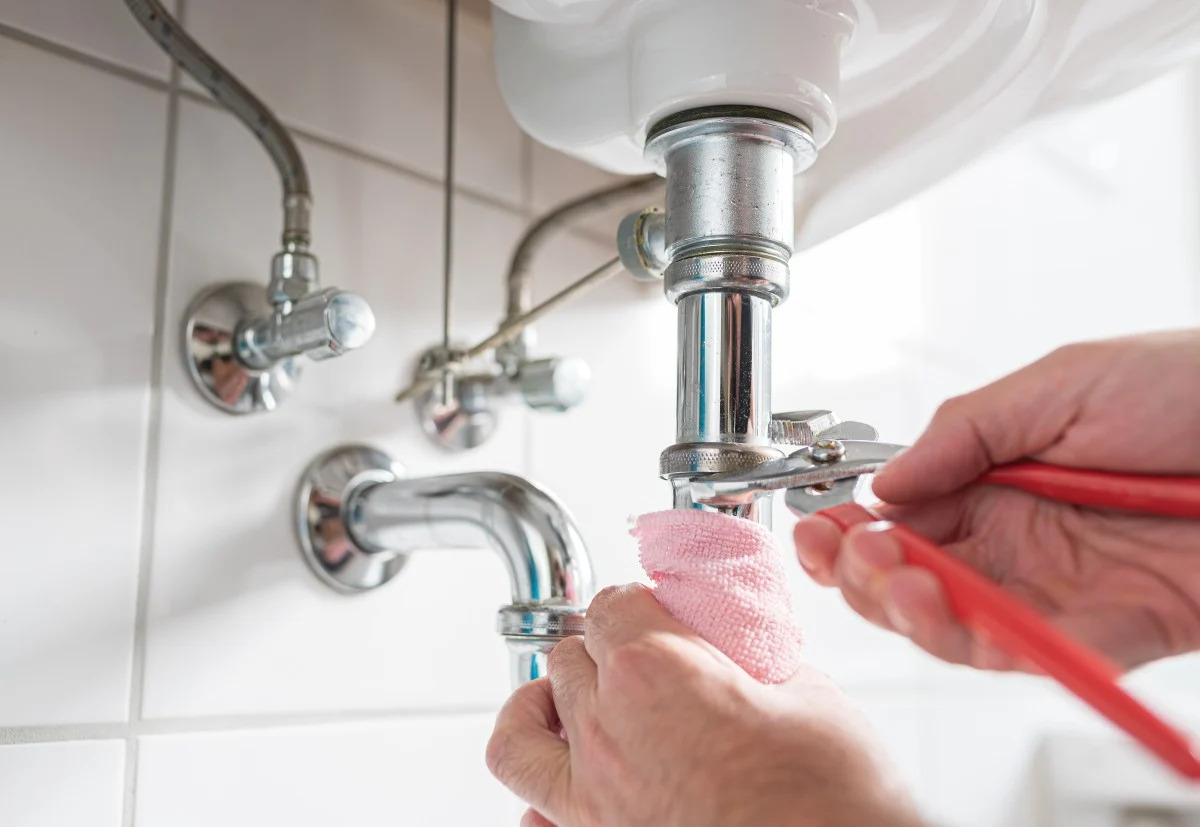
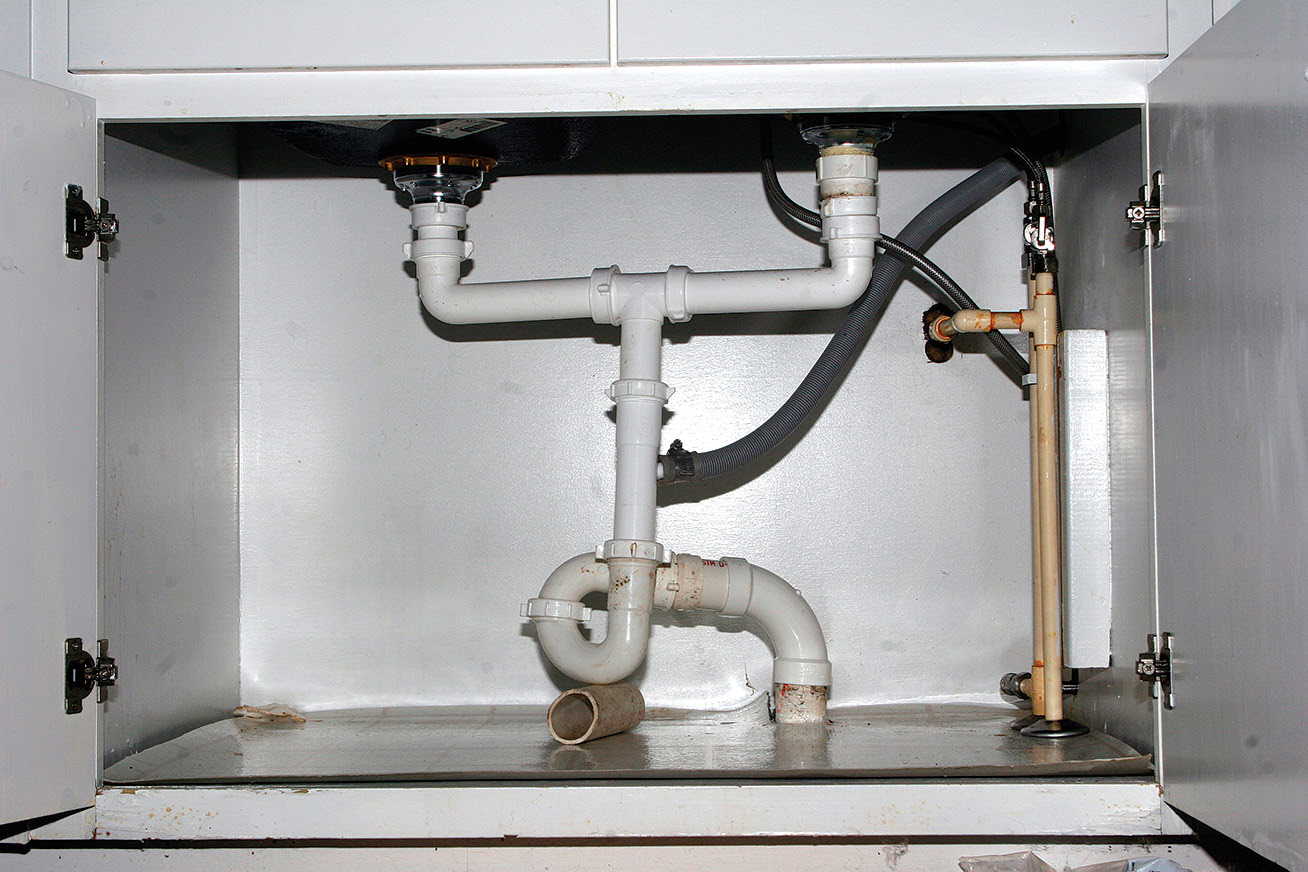
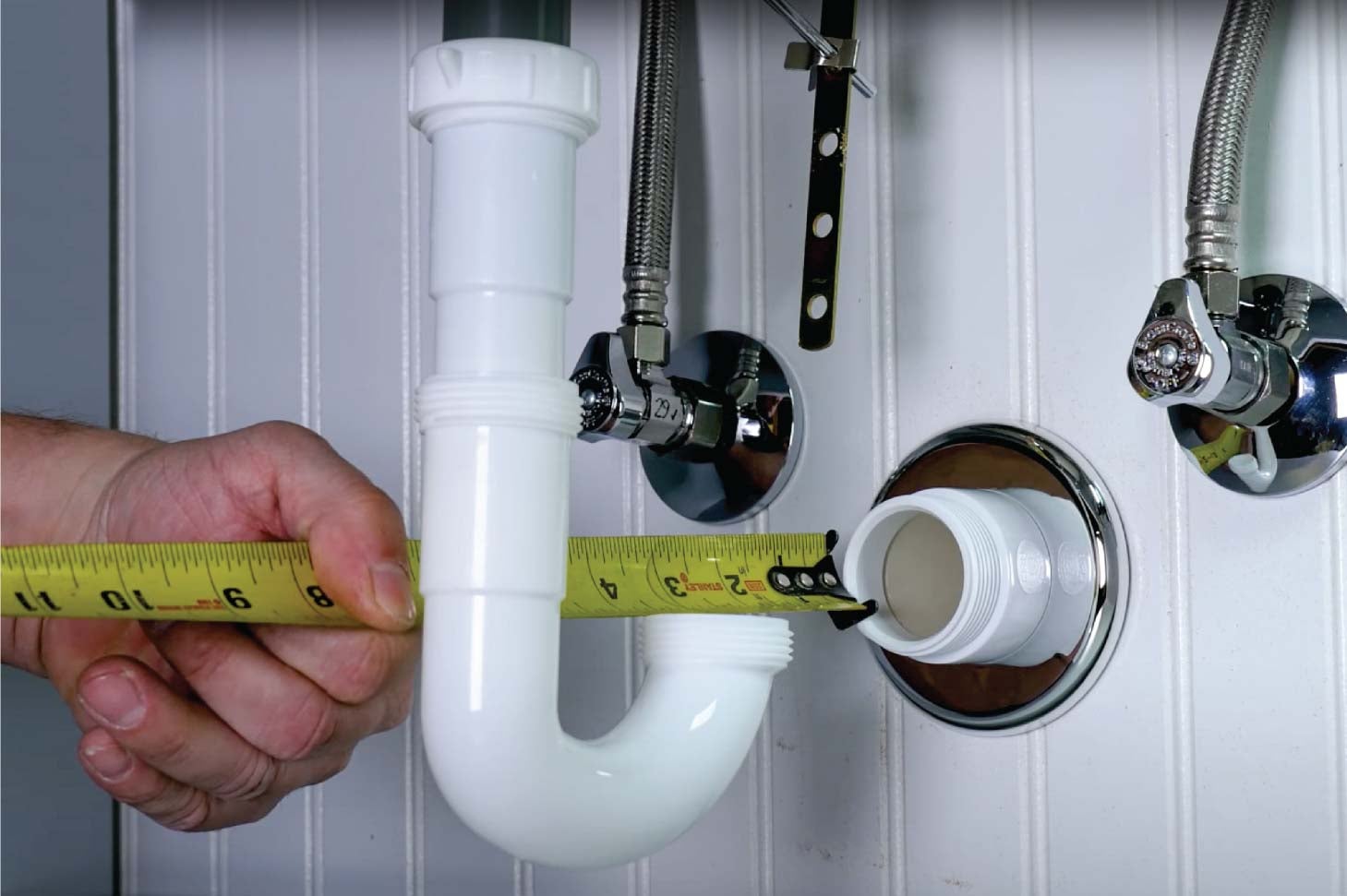
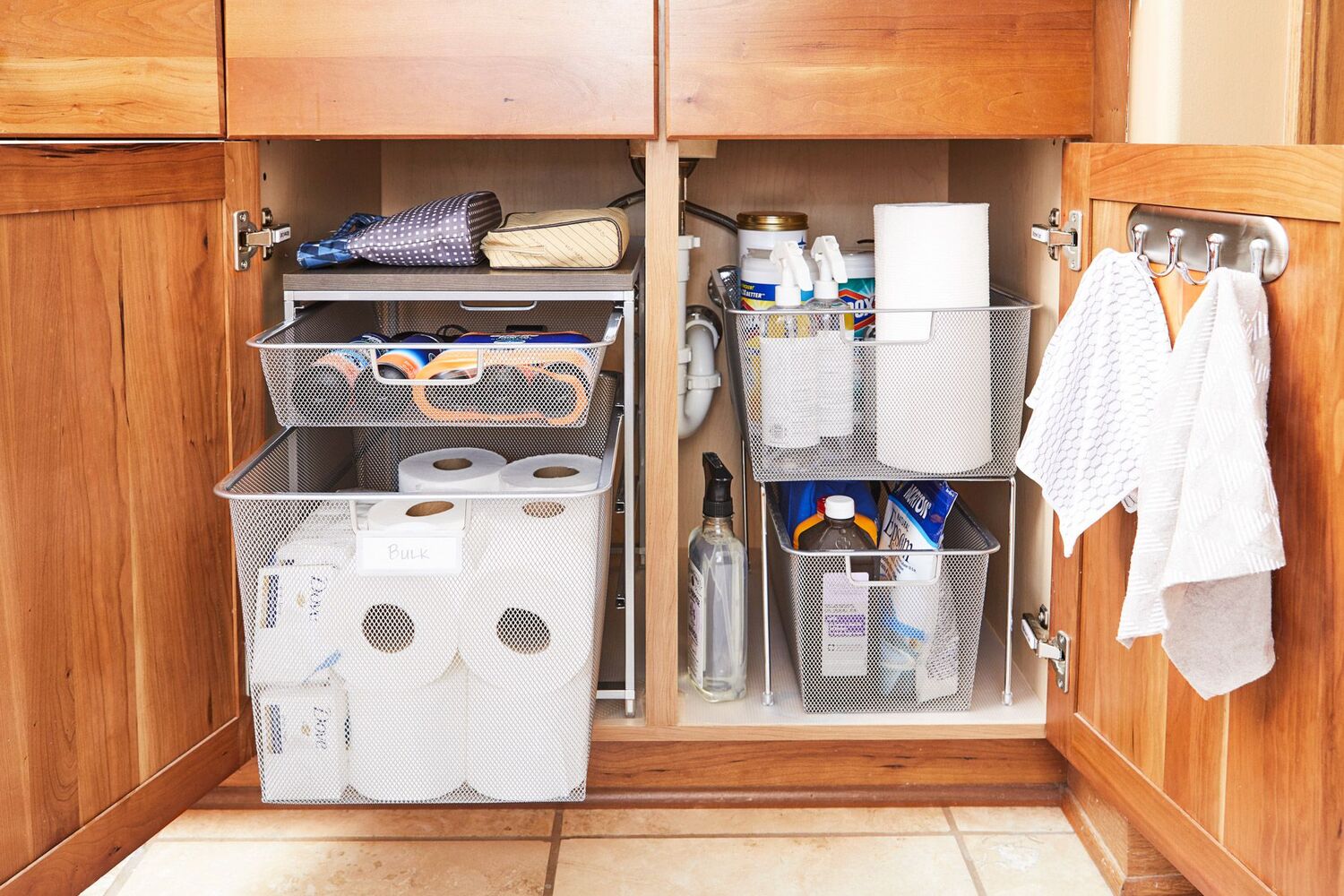
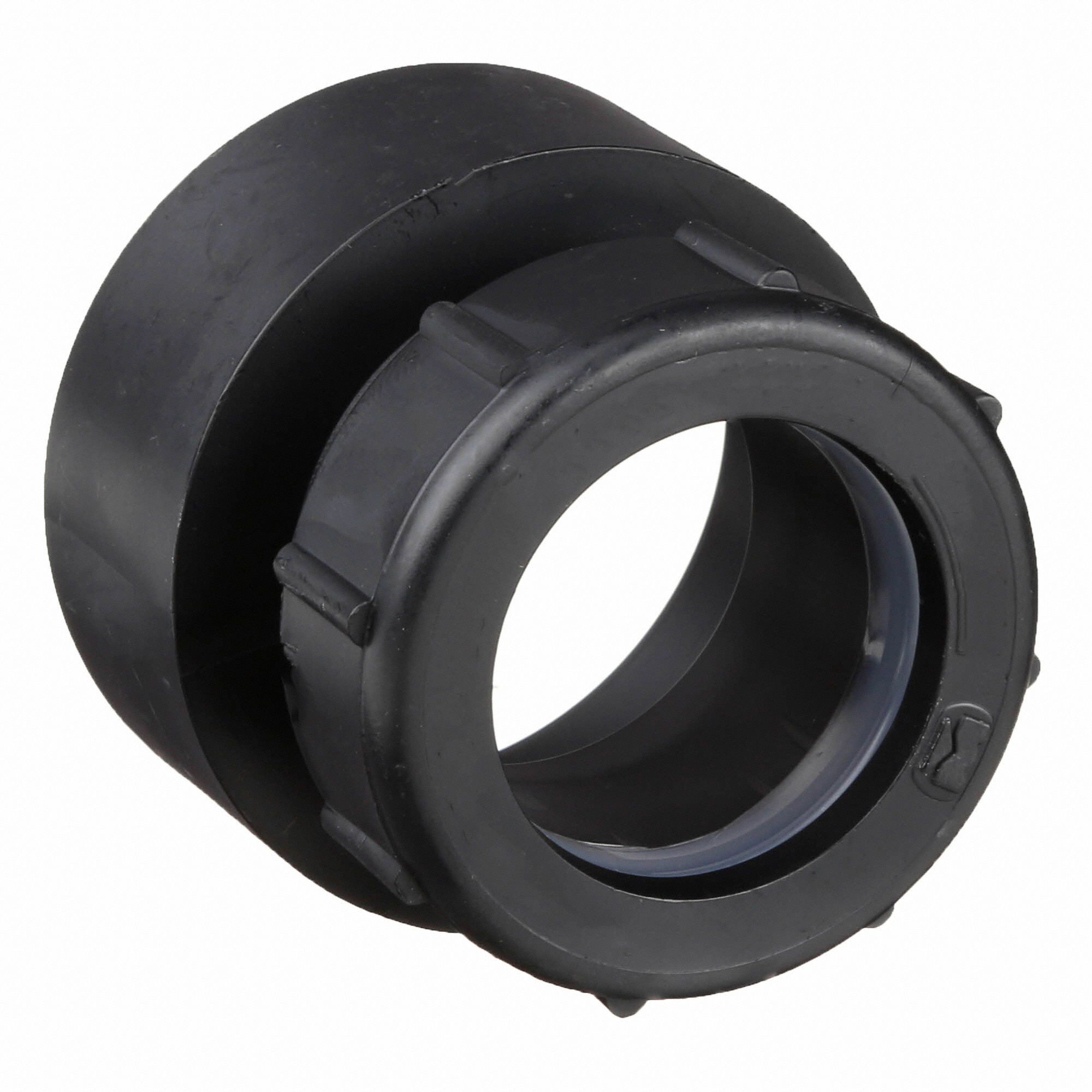
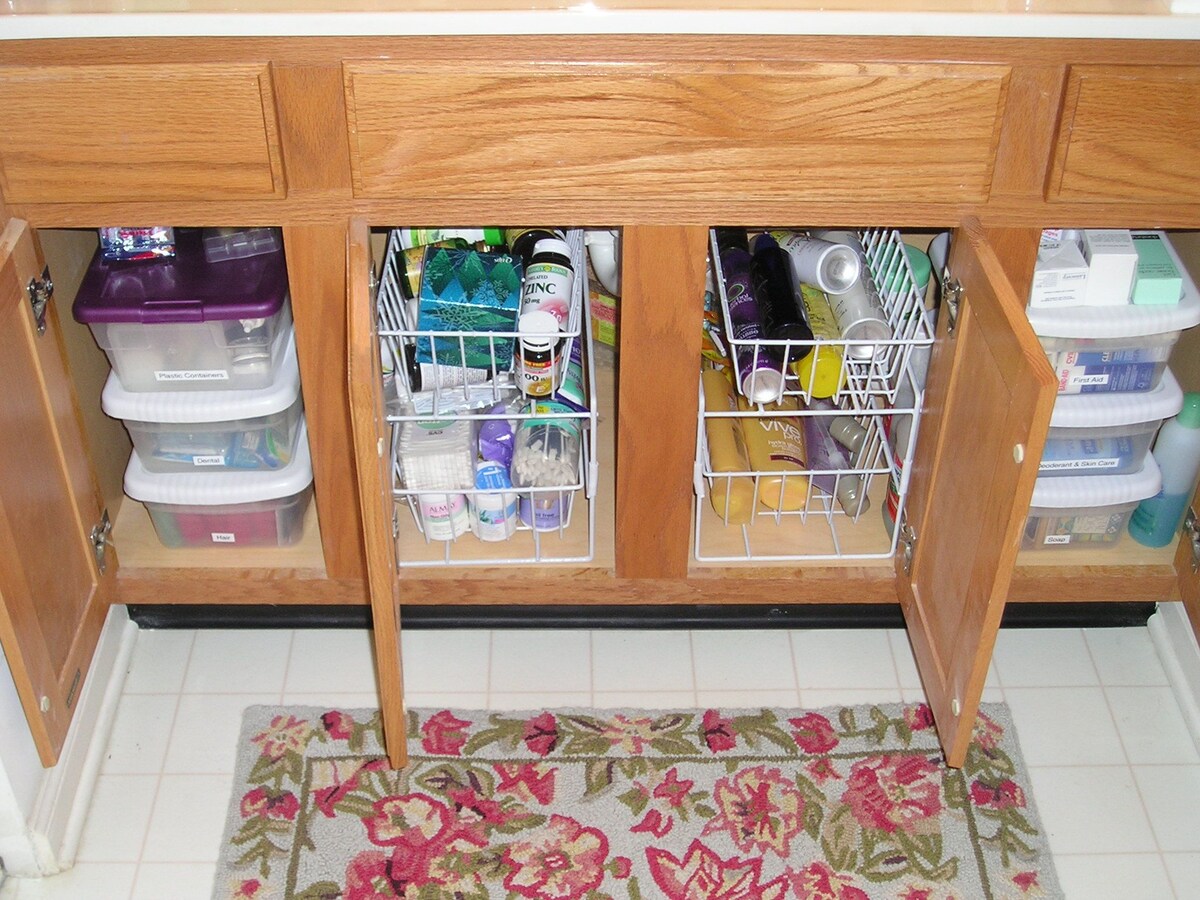

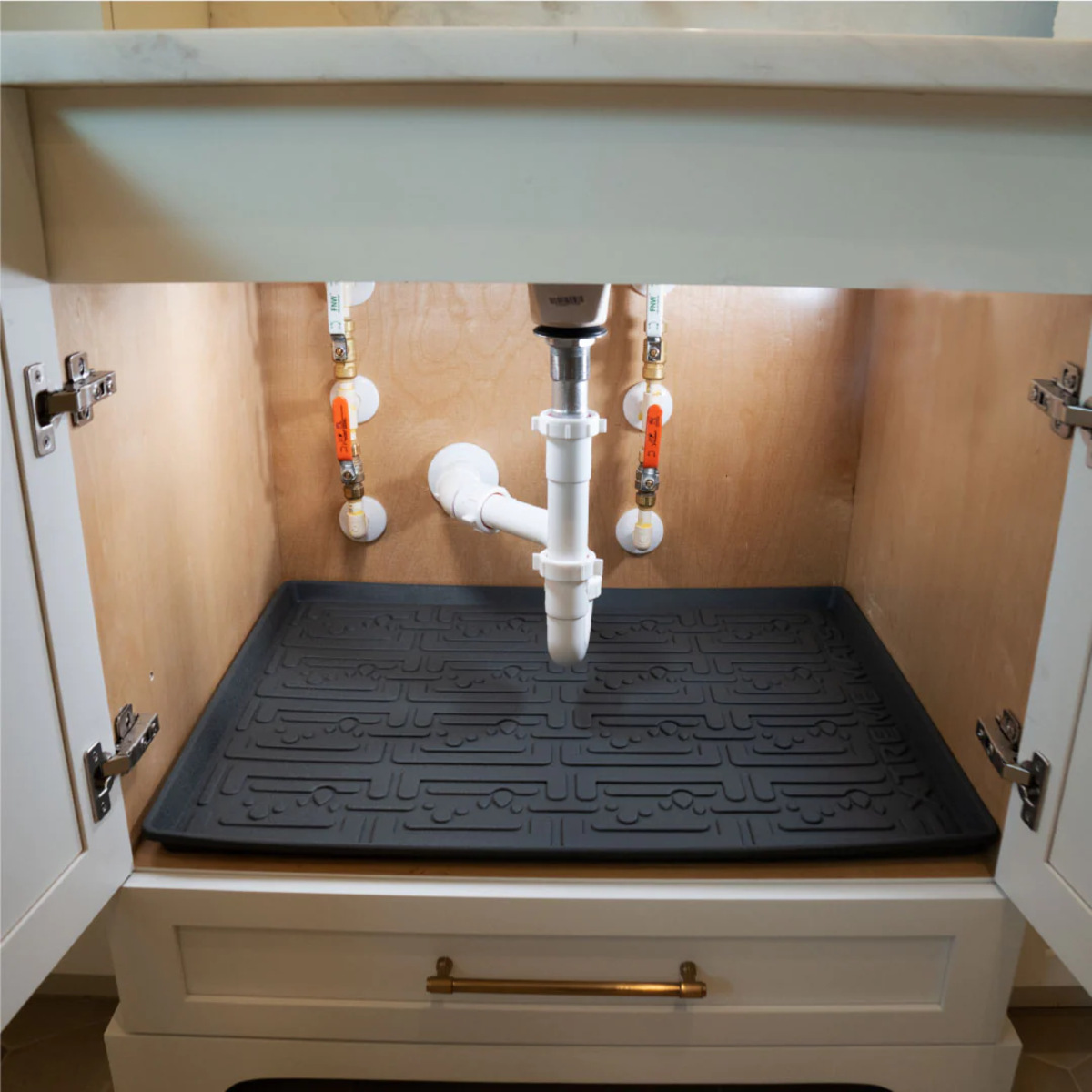
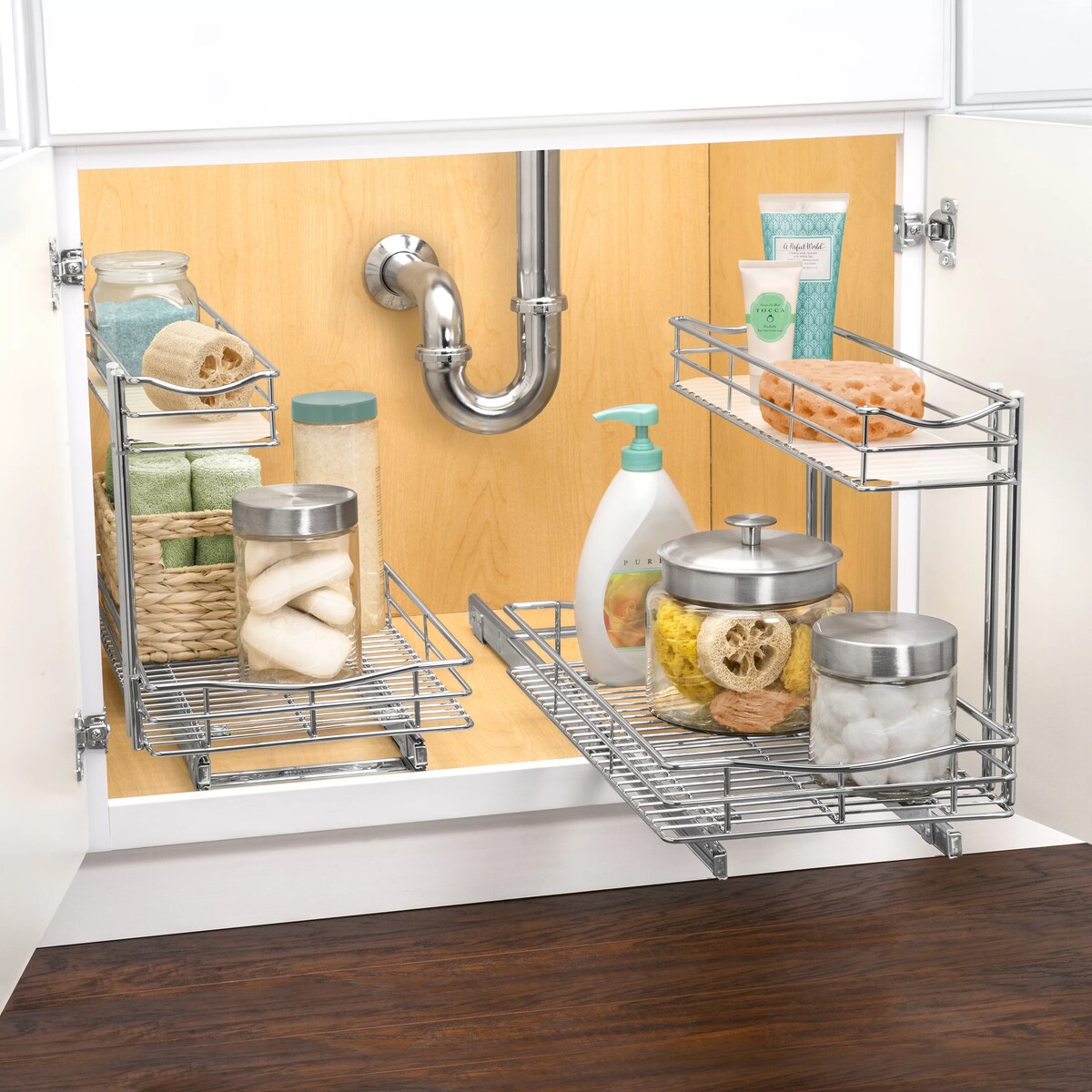
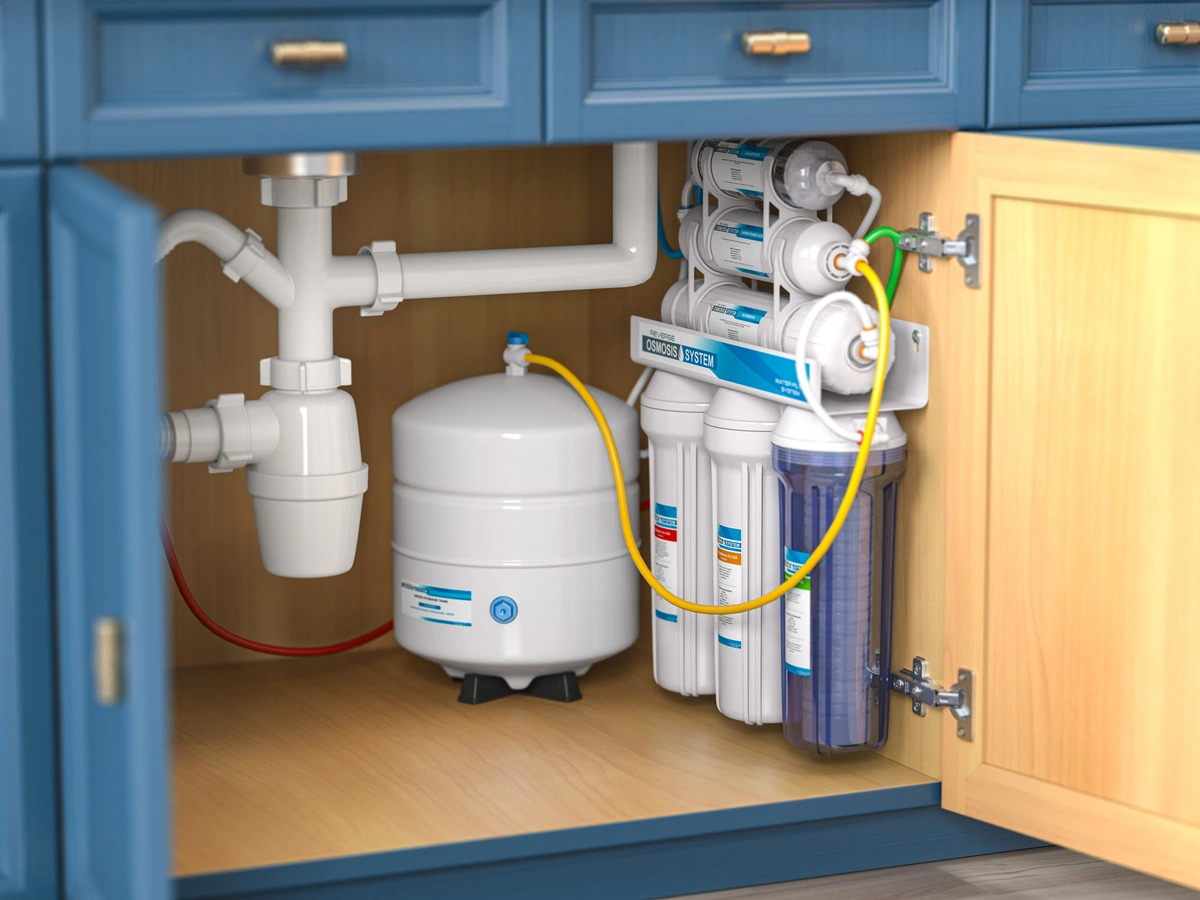
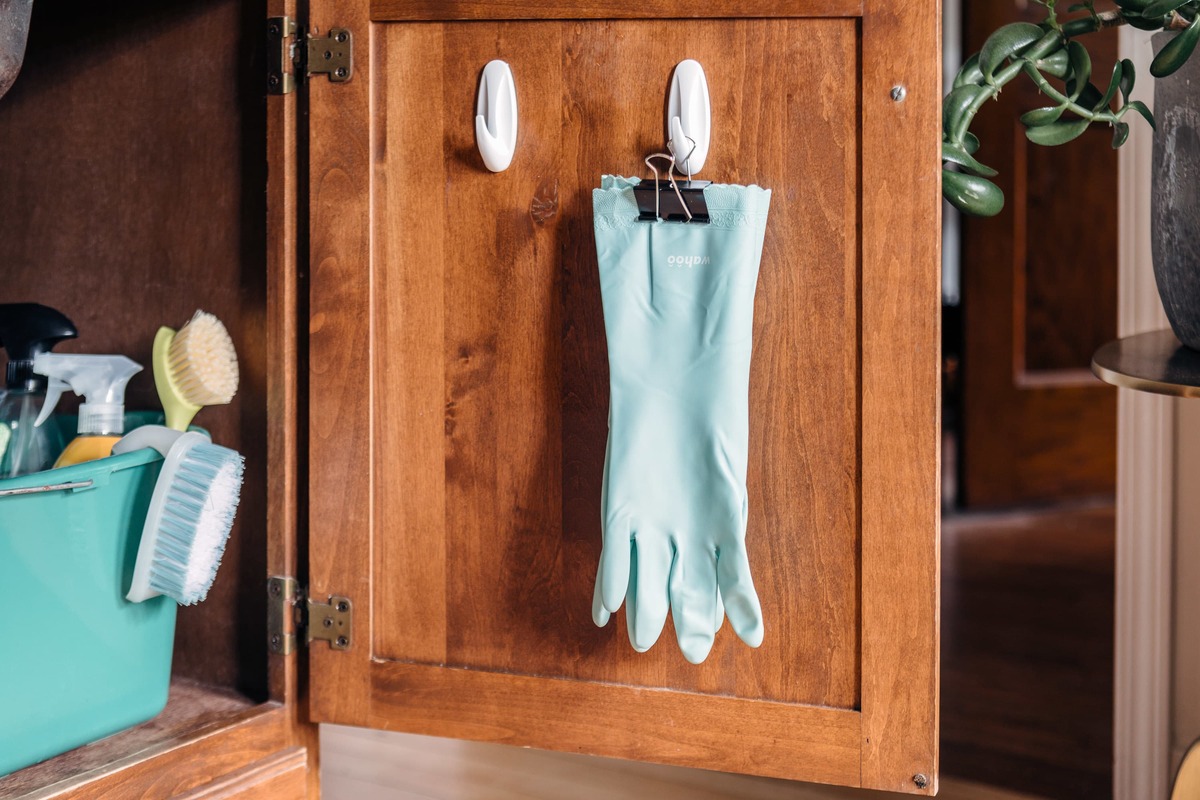

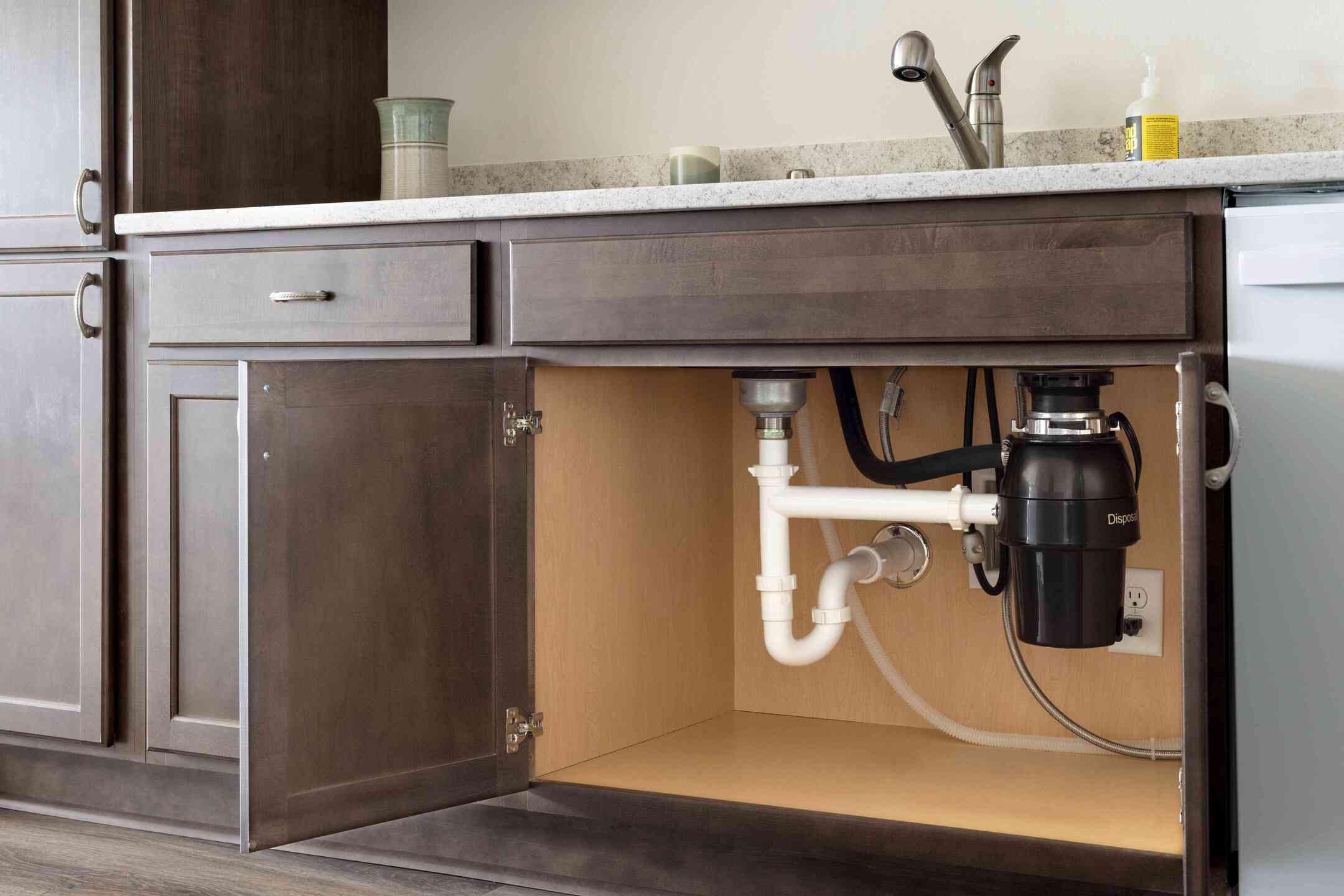
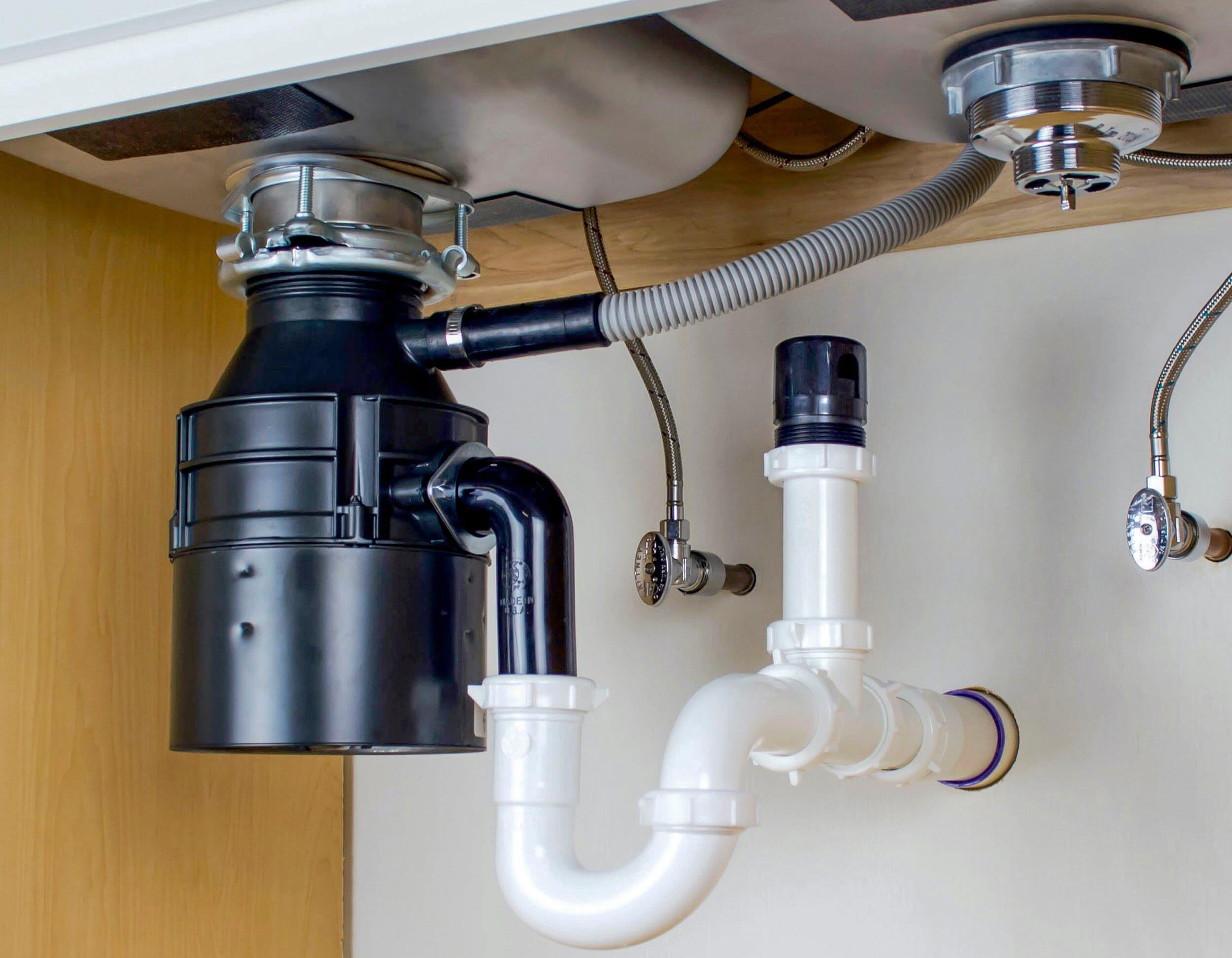

0 thoughts on “What Is The P-Trap Under The Sink”